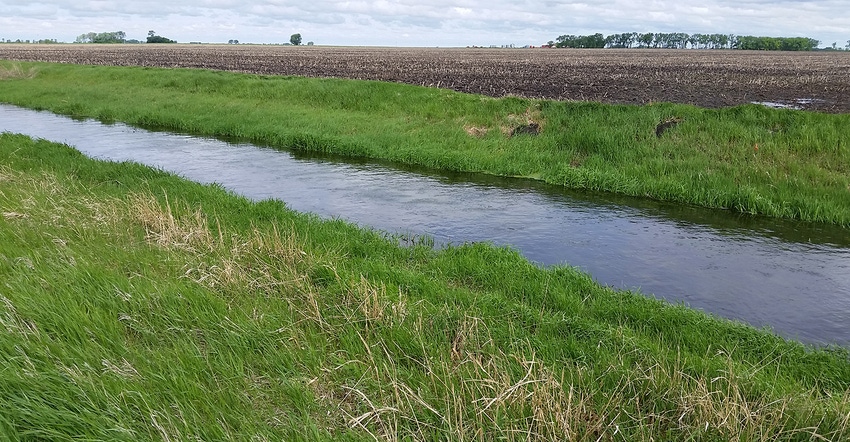January 21, 2019

First, some good news. The Board of Soil and Water Resources reports that “Minnesota landowners are well on their way to full compliance with the state’s riparian buffer law.” The agency notes that as of July 2018, 98.5% of public waters and 76% of public ditches had the required buffers in place.
Now, the bad news. There is still a fair amount of confusion on the issue. With this column, I’ll explore one source of confusion — the definition of “compliance” as it relates to the use of “alternative practices.”
Recall that the 2015 buffer legislation requires a 16.5-foot buffer along all public ditches and a 50-foot buffer along all designated “public waters.” The law also allows landowners to meet the requirement “by adopting an alternative water quality practice or combination of … practices … that provide water quality protection comparable to the buffer protection for the water body…” This seems straightforward: Install a buffer or do something else that works. However, many of the calls I receive are about the use of alternative practices.
Numerous landowners report that their local authorities are interpreting the alternative practices provision as meaning in addition to, not in place of. a full-width buffer. I have also heard from local authorities who feel pressured by state agencies to not allow alternative practices in place of buffers.
This situation most often pops up when discussing private ditches that are also designated public waters, thus subject to the 50-foot requirement. An excellent and well-publicized example made headlines earlier this month when the Yellow Medicine County Board of Commissioners discussed its role in enforcing the buffer law.
As reported in the West Central Tribune, Yellow Medicine County commissioners said that while the majority of landowners intend to comply with the law (the July BWSR report pegged the county at more than 95% compliant on public waters), they also expect that “some will deliberately flaunt the law.” One commissioner noted that he had been told by four landowners that they do not intend to install buffers.
Does installing a buffer equal compliance?
Here’s the question: Does compliance equal installation of a buffer? The answer is no. Because of the alternative practice clause, compliance may mean something other than a buffer for at least a portion of the affected area.
To clarify, there are numerous subsets of the buffer law. For public ditches requiring 16.5-foot buffers, the alternative practices provision will not come into play. The largest subset of waters that I hear interest in from landowners in applying alternative practices is small streams and private ditches. In fact, BWSR provides fact sheets offering guidance on the use of alternative practices that show that on some private ditches, 10-foot buffers may be adequate.
A note, then, to those responsible for enforcement: Before labeling landowners as compliant or non-compliant, get more information.
And a note for landowners: If you are interested in an alternative to a buffer, go to the BWSR buffer law webpage.
Also, keep in mind that you may, but are not required to, seek a validation of compliance — and that these decisions can be appealed.
Bottom-line, as I have said or written many times, I am a big fan of buffers where they are effective. Please get them in place where they are needed. Educate yourself on available options where alternatives make sense. And stay in touch.
Formo is executive director of the Minnesota Agricultural Water Resource Center.
About the Author(s)
You May Also Like






